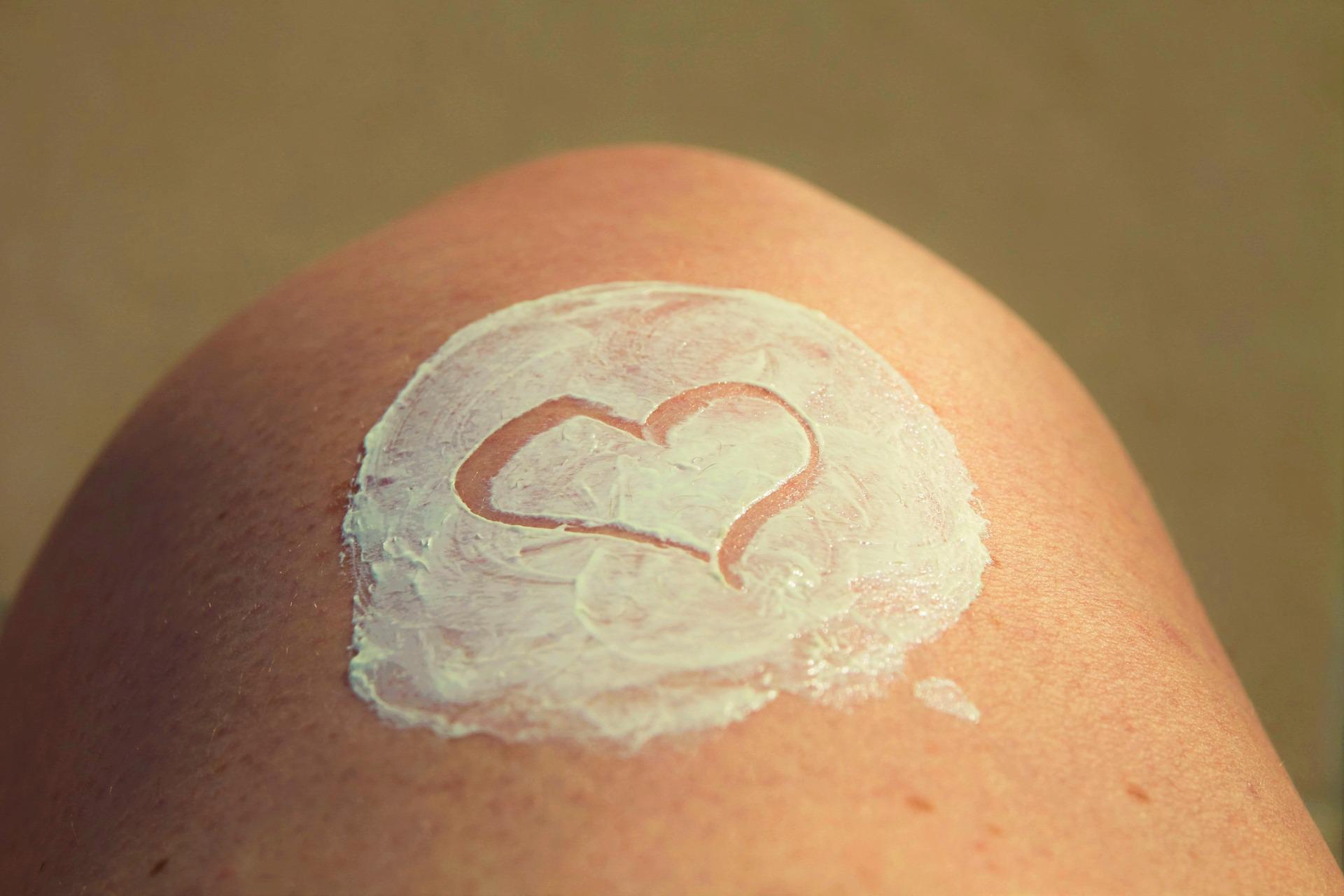Over the last decade, I have been working to minimize exposure to chemicals in our food and personal care products. It’s been a journey filled with incredible success and massive trial and error. For me, sunscreen was one of the biggest challenges. I knew chemical-based sunscreens were not the safest options, but I hated the logistics of the safer, mineral-based sunscreens. They were hard to rub in and they left a white layer on our skin, which everyone hated. When my three girls were younger, we did a lot of shade hopping or ended up using chemical spray sunscreens because they were just easier.

I knew we needed to make a change to our sunscreen routine. So, I started to research all I could about sunscreen: how it worked, which ingredients I should look for and which ones to avoid, as well as different brands to test out. Here’s what I learned.
How does sunscreen work?
We know that the sun emits harmful rays called UVA and UVB rays. UVA rays are what cause premature aging and UVB rays cause sunburn. Most sunscreens protect against UVB rays, so it’s important to find one that is considered broad-spectrum, which means that it protects against most UVB and UVA rays.
Each sunscreen has an SPF or sun protection factor. SPF is a measure of how much protection the sunscreen has against UVB radiation. For example, if your skin turns red after 10 minutes of being in the sun without protection, you can expect that wearing a sunscreen with an SPF of 15 will allow your skin to stay burn-free for 150 minutes. Regardless of a sunscreen’s SPF, experts recommend reapplying every two hours because sunscreen tends to wash off or dilute with sweat and water.
What is sunscreen made of?
In my research, I found that sunscreens made with zinc oxide and titanium dioxide were the safest. Specifically, those mineral sunscreens that are made with non-nano particles. The term non-nano means that the particles are big enough that they won’t be absorbed by the skin. Instead, the non-nano zinc oxide or titanium dioxide sits on top of the skin, creating a white layer that repels UVA and UVB rays.
The ingredients that I wanted to avoid include oxybenzone, octinoxate, homosalate, parabens, and fragrance. These ingredients are all known endocrine disruptors or chemicals that can interfere with the natural hormones in our bodies. They can cause abnormalities within a person’s immune and reproductive systems and are linked to such things as ADHD and various metabolic disorders. Endocrine disruptors have also been found to cause similar reproductive abnormalities in various wildlife species.
My Favorite Mineral Sunscreen
BeautyCounter CounterSun
About a year ago, I found BeautyCounter CounterSun mineral sunscreen. It checked all the boxes for my family. It’s made from non-nano zinc oxide, easy to rub in, reef-friendly, and comes in a non-aerosol mist. As a bonus, it’s formulated with flower and fruit extracts, so it has a citrus-like smell.
The challenge with the CounterSun line is that it cannot be picked up on my next Target run and it’s not always budget-friendly, even for a consultant like me. Because of shipping time, I must be on top of my game so I don’t run out. But life happens, so I’m going to need a backup plan.
Back-up Option #1
ThinkSport
This brand has various types of mineral sunscreens—face, kids, regular lotion, and a stick. The sunscreen is made from non-nano zinc oxide and has an SPF of 50 or 30. I looked it up on the EWG Healthy Living app, and they rated it as a 1 or 2 depending on the type of sunscreen purchased. Side note: I love this app. It rates personal care, food, and cleaning products on a scale of 1–10 based on their ingredients. The lower the number, the healthier the product. Back to the sunscreen…the reviews on target.com give it a 4.6 out of 5. Reviewers state that it is easy to rub in, smells great, and is gentle on sensitive skin.
Back-up Option #2
All Good Mineral Sunscreen
Also made from non-nano zinc oxide, the All Good Mineral Sport Sunscreen is water-resistant for up to 80 minutes. The EWG scores this sunscreen as a 2 and target.com reviews give it a 4.1 out of 5. The reviewers stated that this product had a strong, white cast. But many were ok with this because of the nature of mineral sunscreen. Other reviews stated that it was easy to put on and that a little goes a long way.
I had expected to do more research on other brands, but the ThinkSport and All Good lines are both great backup options for my favorite CounterSun Mineral sunscreen. When it comes to safer sunscreen, all three check the boxes that are important to me. I hope that this post helps you learn more about sunscreen, gives you resources to be an informed consumer, and inspires you to incorporate healthier sunscreens.













